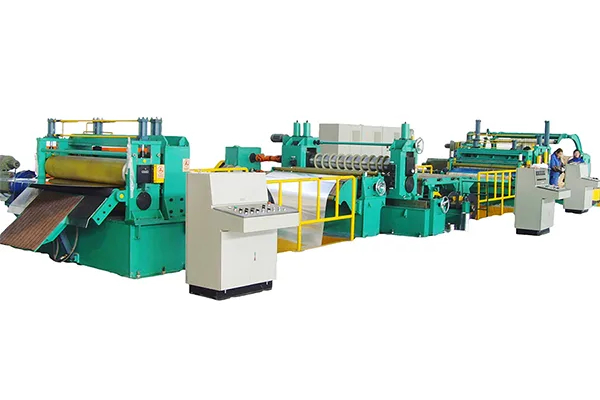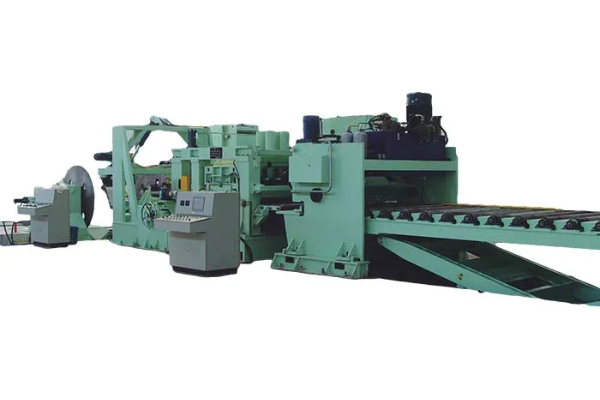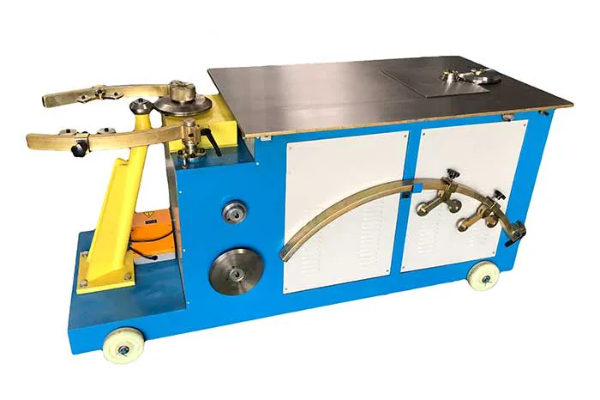
How Steel Laser Cutter Machines Work- A Comprehensive Overview
- By:Metmac
- 2024-07-08
- 145
Laser cutter machines have revolutionized the steel fabrication industry, offering unparalleled precision, efficiency, and versatility. The How Steel Laser Cutter Machines Work: A Comprehensive Overview article provides a thorough exploration of these advanced machines, delving into their principles of operation, components, and capabilities.
Laser Technology and Optics
Steel laser cutter machines utilize high-powered laser beams to cut through steel sheets with exceptional accuracy. The laser beam is generated by a laser source, typically a fiber laser or a CO2 laser, and focused onto the steel surface using a series of lenses and mirrors. The laser’s concentrated energy melts and vaporizes the steel, creating a precise cut edge.
Machine Components
A steel laser cutter machine consists of several key components:
1.
Laser Source:
Generates the high-powered laser beam.
2.
Optics:
Focuses and directs the laser beam onto the steel surface.
3.
Motion System:
Moves the laser head over the steel sheet, guiding the laser beam along a precise path.
4.
Cutting Head:
Houses the laser optics and nozzle for gas delivery.
5.
Gas Assist:
Delivers a shielding gas (typically nitrogen or oxygen) to prevent oxidation and improve cutting efficiency.
Cutting Process
The cutting process involves several steps:
1.
CAD/CAM Design:
The desired cutting pattern is designed using computer-aided design (CAD) software, which is then translated into a machine code for the laser cutter.
2.
Material Loading:
The steel sheet is loaded onto the machine’s cutting bed.
3.
Laser Cutting:
The laser head moves over the steel sheet, guiding the laser beam along the cutting path. The laser beam melts and vaporizes the steel, creating a precise cut.
4.
Part Unloading:
Once the cutting is complete, the finished parts are unloaded from the machine.
Advantages of Steel Laser Cutting
Steel laser cutter machines offer a range of advantages:
1.
Precision:
Laser cutting provides extremely precise cuts with minimal distortion or burring.
2.
Efficiency:
Laser cutters offer high cutting speeds and reduced setup times, resulting in increased productivity.
3.
Versatility:
Laser cutter machines can cut a wide range of steel thicknesses and shapes, including intricate designs.
4.
Flexibility:
Laser cutters can be easily reprogrammed for different cutting jobs, making them suitable for both small-scale and mass production.
5.
Automation:
Laser cutter machines can be fully automated, reducing labor costs and increasing productivity.
In conclusion, the How Steel Laser Cutter Machines Work: A Comprehensive Overview article provides an in-depth understanding of the principles, components, and capabilities of these advanced machines. By utilizing laser technology, sophisticated optics, and precision motion systems, steel laser cutter machines deliver exceptional cutting accuracy, efficiency, and versatility, making them indispensable tools in the modern metal fabrication industry.
-
Mastering Form and Force: A Guide to Modern Metal Plate Bending Machines
2025/12/16 -
Demystifying Sheet Metal Laser Cutting Machine Price: The METMAC Value Perspective
2025/12/16 -
Metal Sheet Machinery: The Engine of Modern Fabrication and the METMAC Advantage
2025/12/16 -
Beyond the Bend: The Power and Precision of the Modern Sheet Profile Machine
2025/12/16
-
Advanced Sheet Metal Rolling, Laser Cutting, and Folding Machines for Precision Fabrication
2025/10/31 -
High-Performance Sheet Metal Bending and Cutting Machines for Modern Fabrication
2025/10/31 -
High-Quality Sheet Metal Equipment for Sale: Efficient Solutions for Modern Manufacturing
2025/10/31 -
High-Performance Sheet Metal Equipment for Sale: Forming and Shearing Solutions for Modern Fabrication
2025/10/22
-
A Guide to the Latest Innovations in Sheet Metal Folding Machines
2024/11/29 -
Key Features to Consider When Investing in a Sheet Metal Folding Machine
2024/11/28 -
Enhancing Precision with Advanced Sheet Metal Folding Machines
2024/11/27 -
How to Choose the Right Sheet Metal Folding Machine for Your Workshop
2024/11/26







